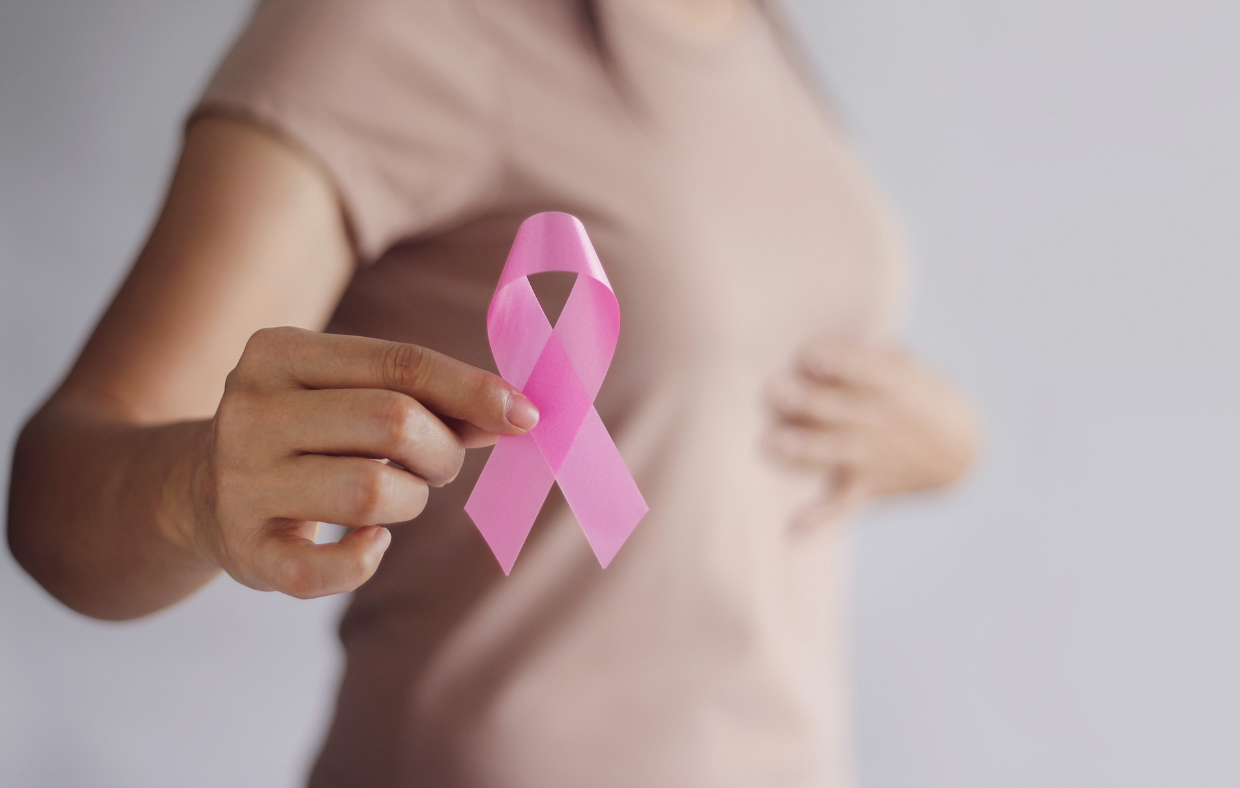Regular breast cancer screenings are one of the most powerful tools women have to catch cancer early, when it’s easiest to treat. Since breast cancer is the second-leading cause of cancer death for women ages 50-69, taking charge of your health with regular screenings can make all the difference. Early detection often means the cancer is smaller and can be treated with less aggressive methods, giving you the best chance to return to being cancer-free.
Annual mammograms lead to early detection
The mammogram—an X-ray of the breast that identifies abnormalities like tumors and calcifications before they can be felt—remains the gold standard for breast cancer screening. According to the American College of Obstetricians and Gynecologists, most women should begin having annual mammograms at age 40. If you have known risk factors, your medical provider may recommend starting screenings earlier. Although breast cancer is rare in younger women, it can be very aggressive, making early detection crucial.
At age 50, women at low risk can discuss the screening schedule with their medical provider. Some may continue annual mammograms, while others may opt for screenings every other year.
If the mammogram indicates any abnormalities, your medical provider will discuss next steps with you, such as a biopsy or additional imaging.
Almost all insurances cover the cost of mammograms for women ages 40 and older, and California’s Every Woman Counts program covers the cost of mammograms for patients who do not have insurance.
Getting past the discomfort
I don’t know anyone who loves getting a mammogram, but for most women it’s just a little uncomfortable. I like to remind patients that each image takes just six seconds, and the early detection it provides is invaluable. Technicians are experienced at making the process as quick and comfortable as possible. If you experience pain, please speak up so the technician can help you get into a more comfortable position. It also helps to avoid scheduling a mammogram in the week before your period, when breast sensitivity is more common.
Other forms of detection are valuable
In addition to mammograms, women should perform monthly self-breast exams. For women who menstruate, the week after your period is the best time in your cycle for self-exams. Being familiar with your own breast tissue is important because you are the person most likely to notice changes. Look for any lumps or indentations in the breast or armpit, changes in the nipple, discharge other than breastmilk, persistent pain, or changes in breast size or shape. Contact your medical provider if you notice anything concerning.
Medical providers typically conduct breast exams during annual check-ups. Although women are most likely to notice changes themselves, these exams are good opportunities to discuss how best to conduct self-exams and talk about any concerns.
New technology for non-invasive breast cancer detection is emerging. Thermography uses thermal imaging to measure skin temperature variations on the breast’s surface to identify growing tumors. I encourage patients who are interested in this technology to discuss thermography with their medical provider. For some women, it may work well to alternate annual screenings between thermography and mammography. Thermography is not yet covered by insurance.
Understanding your risk factors
The risk of developing breast cancer reflects each woman’s personal and family history. To assess your individual risk, I recommend the online tool bcrisktool.cancer.gov, which takes only a few minutes to complete.
Risk factors include a family history of breast cancer, a prior abnormal breast biopsy, starting your period younger than age 12, being older than 30 at the age of first pregnancy, not having children, starting menopause after age 55, undergoing hormone therapy, and a history of chest radiation.
Lifestyle factors also influence risk. Smoking and consuming alcohol increase the likelihood of developing breast cancer, and women who are obese are at higher risk because their bodies have more circulating estrogen, which contributes to cancer cell growth.
On the other hand, some lifestyle choices are protective. Pregnancy and breastfeeding reduce the risk of developing breast cancer. Staying active also helps: engaging in 30 minutes of moderate exercise five days per week can reduce the risk of developing breast cancer by 25%.
Certain genetic mutations, such as in the BRCA1 and BRCA2 genes, are linked to higher likelihood of developing breast or ovarian cancer. If your assessment indicates that you are at high risk, insurances will typically cover the cost of genetic testing. Patients with gene mutations can discuss preventive options with a genetic counselor.
Screening saves lives
I encourage women to support one another as we work to catch breast cancer early. Know your family history, understand your personal risk, and make sure you’re scheduling your annual mammogram! Most mammograms don’t take much time and only cause a little discomfort. Let’s share our positive stories and remind each other that regular screenings really do save lives.
Carolyn Wyatt, WHNP is a Women’s Health Nurse Practitioner serving patients in Ukiah, Willits, and Lakeport.

 MyChart Login
MyChart Login

